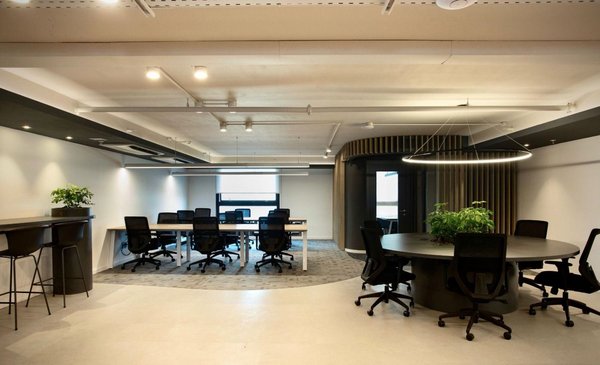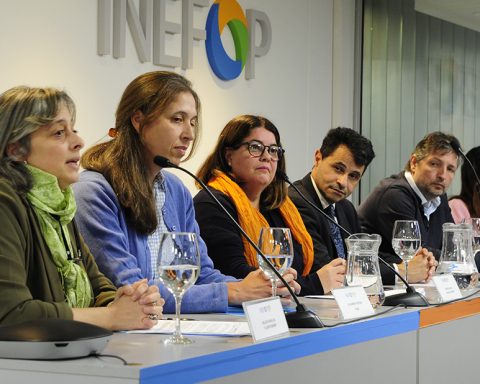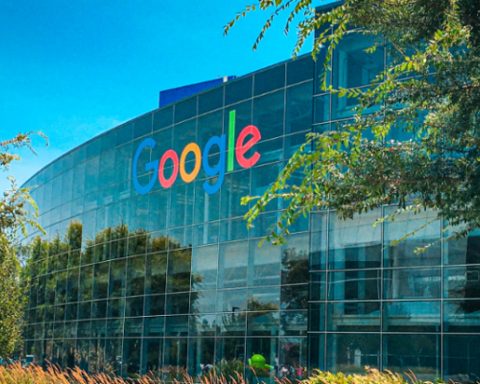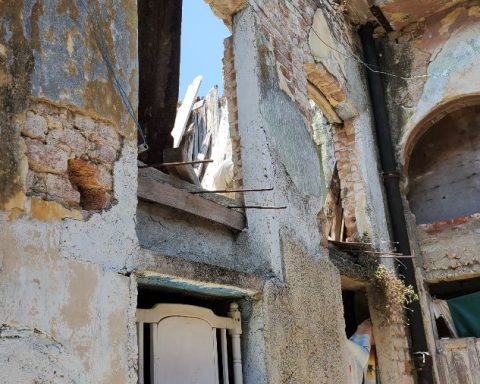With the arrival of the millennials —born between 1982 and 1994— to leadership positions in the organizations and the landing of the centennials —born between 1995 and 2012— in the labor market, a new paradigm is taking hold in the world of work, and is reflected in the new offices or physical employment spacesin general.
Organizations are assuming “a cultural change”, says the architect Adriana Berta, co-founder of the Deus studio together with Emilia Deus. Both professionals provide services to companies that want to create or reform their offices, leading them to this new cutting-edge paradigm. “This trend came to Uruguay to stay and deepen,” adds Deus in dialogue with Coffee & Business.
Muda UY
Interfood offices, project by Deus and Ibarra Perez Ibarra Perez Arquitectos
The architects explained that local organizations seek to create new work environments based on three fundamental pillarswhich “are important and increasingly valued by the new generations”: equity, sustainability and diversity.
In recent years call centerslaboratories, refrigerators, consultants and even spaces for coworking They have opted for disruptive, diverse and unstructured offices. “Before, the work was standardized; now, companies realize that people are different and go through different states of mind during the workday”adds Bertha.
In this sense, the country manager from the human resources consultancy Great Place to Work (GPTW), Fedra Feola, agrees with Deus and Berta and explains that, currently, Emotional intelligence became another of the axes of those organizations that want to generate “a friendly place” for their employees. A trend that it “accelerated with the arrival of the pandemic” due to covid-19where remote work was implemented.
“Little by little, companies are beginning to increase face-to-face attendance, in general, and the hybrid work. It is important that collaborators share time together and meet in common spaces; This produces, among other things, that the organizational culture and the sense of belonging with the organization is maintained and grows”, Feola points out. The expert explains that “in this return it is important to comfort”because the employees came from working in their own homes.
How is this new paradigm reflected in the offices? “The cubicles with dividers that articulated the offices were finished”Bertha asserts.
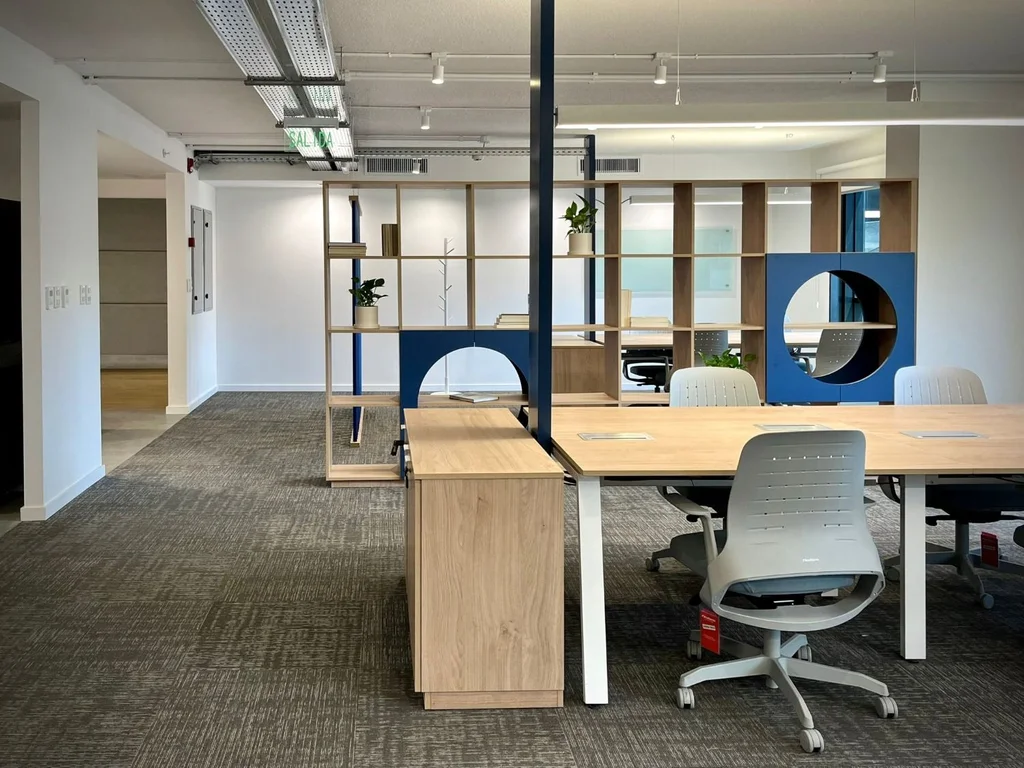
Santiago Gorostiaga
Editorial Planeta offices in Sinergia Ejido (Deus)
Deus, meanwhile, explains that the common spaces to share moments in offices become more and more important, as well as the individual spaces adapted to the different needs of a positionthe work islands, or silent rooms, in case the worker needs to concentrate. To this is added “the green (the presence of plants, for example), the appropriate lighting, the amenities or facilities of these offices”, adds Feola.
On the other hand, the offices that are installed in coworks, They have common places that include recreational areas (with games, for example), dining rooms and rest rooms, among other offers.
But the process of foundation or reform of the workplaces depends on each organization, it is not even possible to outline a criterion that unifies the items given their singularities. This makes constant feedback between the leaders and the architectural firm assigned this task imperative.
habitat change
“Once the client contacts us, a structured process begins in several stages of collaborative work,” says Deus. On this journey it is essential to know work procedures, different roles, organizational culture, relationship with technology, among other factors. The main objective is that the new space collaborates with the efficiency of the procedures that are carried out periodically in the company, as well as the comfort of the workers. Then a “blueprint” is generated that is studied with the organization and, finally, materializes.
The budget —which is communicated during the presentation of the preliminary project— depends on multiple factors, such as whether it is a reform or building an office from scratch, the materials that are implemented, the category to which the company belongs, the location of the headquarters, number of employees or construction completions, among others.
As an example, the architects say that the cost per square meter can be between US$700 and US$1,300. “The reform of an office located in the World Trade Center can cost US$ 400 per square meter,” explains Deus. Meanwhile, building a standard office is around US$600 or US$700 dollars per square meter.
In any case, the architects remarked that there can be two offices with the same number of square meters, identical layout, the same number of employees for US$600 per square meter and another one worth US$1,500 per square meter.
Why is it useful for organizations to bet on new offices? According to the experts, these work spaces contribute to improving productivity, retaining and developing talent.
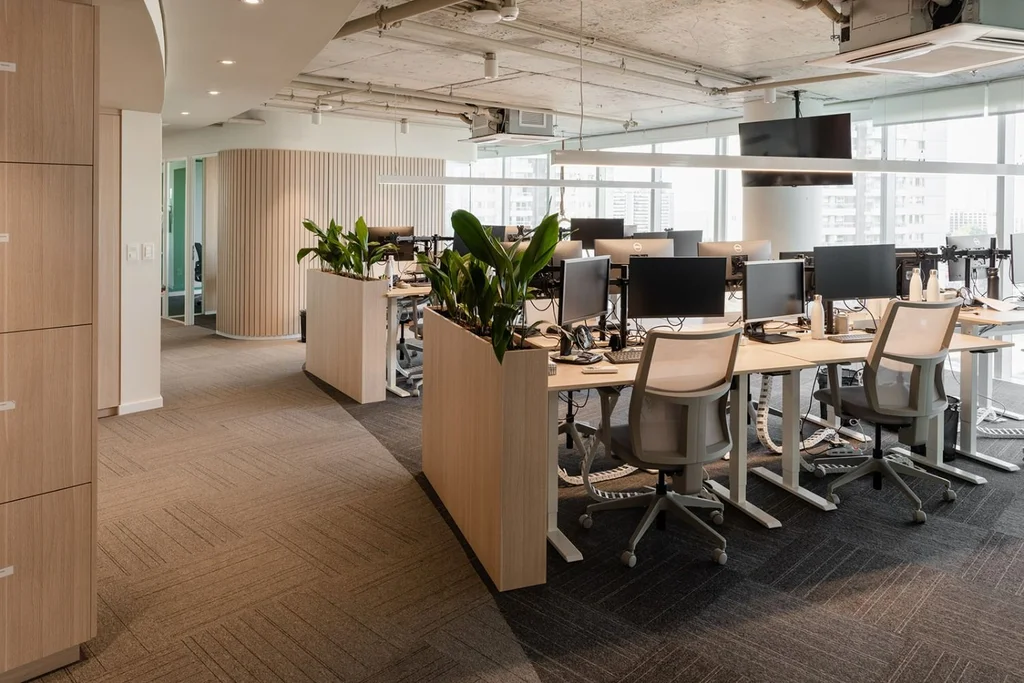
Muda UY
Interfood offices in World Trade Center
The companies multinationals in general and the technological in particular, they are the ones that have most incorporated this new trend in their offices.
“Work is no longer just about a comfortable desk, but about the emotional and personal state” of the employees of the organizations, concludes Feola.
